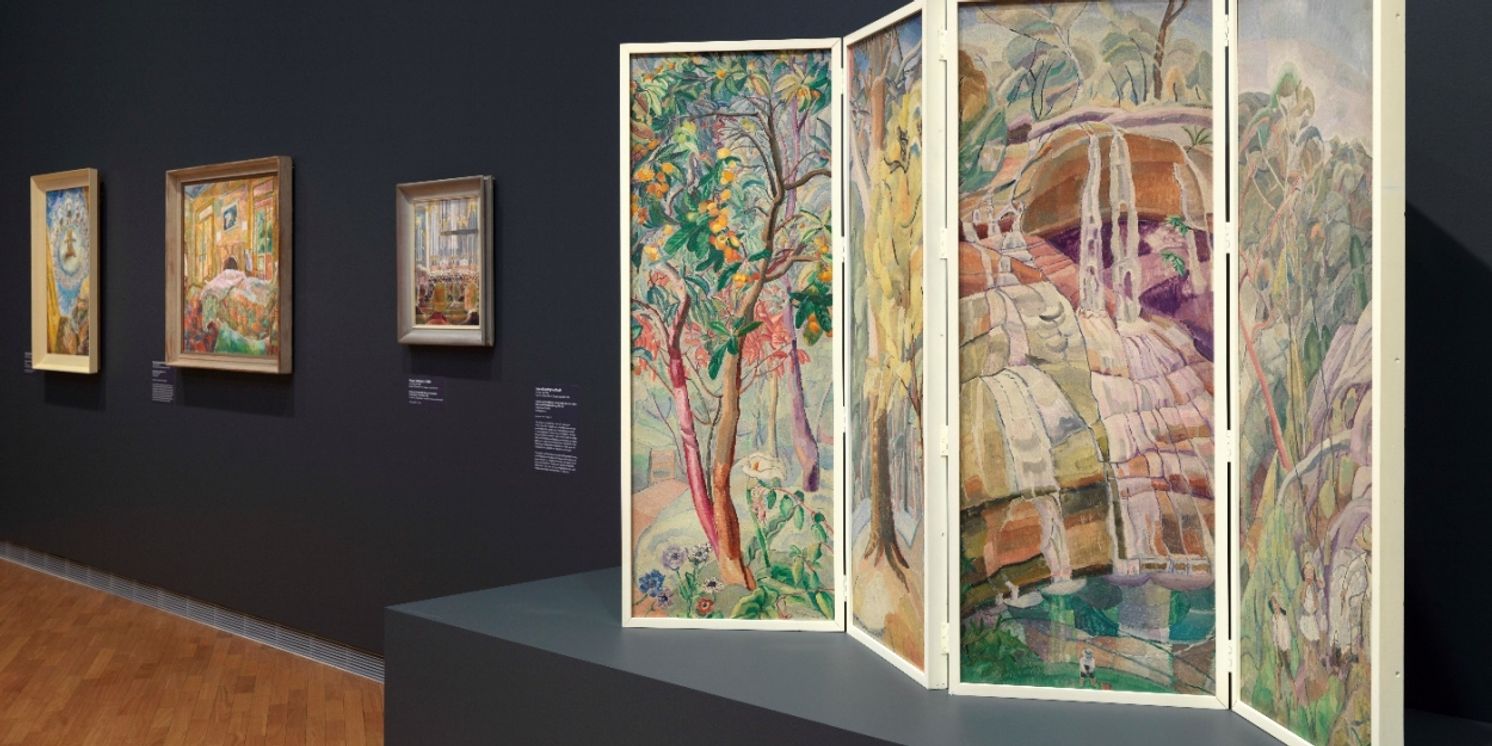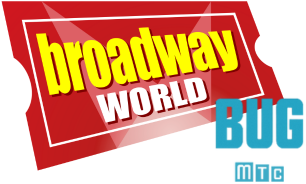KNOW MY NAME: MAKING IT MODERN Exhibit Enters Final Days
The exhibit closes on October 8.

Visitors have less than two weeks to experience the immense contribution of the ground-breaking women artists surveyed in Know My Name: Making it Modern before it closes on October 8.
Advancing the National Gallery’s gender equity initiative, Know My Name: Making it Modern celebrates the works of pioneering women artists who changed the course of modern art in Australia.
Bringing together more than 300 paintings, drawings, prints and photographs from the national collection, Making it Modern invites visitors to connect with and gain a deeper understanding of the accomplishments of these artists: Margaret Preston, Grace Cossington Smith, Clarice Beckett, Olive Cotton, Ethel Spowers and Eveline Syme. The exhibition considers their works in depth and also places them in the context of their times.
Shaune Lakin, Senior Curator, Photography, said despite the pressures on women during the conservative interwar decades of the 1920s and 1930s, the artists made it their quest to pursue a life of art.
‘These women were met with misogyny, scepticism, and were openly criticised for their modernist approach and ambition – it took courage and conviction to be an artist during this time,’ Lakin said.
‘Showcasing these artists acknowledges their hand in the international experience of artistic development and helps make sense of the sheer immensity of their contribution to this world.’
Deirdre Cannon, Assistant Curator, Australian Art, said the exhibition is an opportunity to celebrate a passionate group of women artists who, for the most part, did not receive the deserved appraisal during their professional careers.
‘Clarice Beckett’s paintings were not favoured highly by the press during her lifetime, her skill was only brought to light 40 years after her death,’ Cannon said.
‘This exhibition highlights the stature of these artists’ achievements, recognising this group of unforgettable changemakers in the Australian art world.’
Confronted with the difficult task of curating a list of exhibition highlights, Dr Deborah Hart, Head Curator, Australian Art, has arranged her top picks that are not to be missed.
Ethel Spowers, School is out., 1936
In 1936 Spowers held her sixth and final solo exhibition. It was a survey of old favourites and new works, spanning a decade of imagination and experimentation. Among the twenty prints and six watercolours shown was School is out, a linocut that epitomises the dynamism and energy of her modernist approach and was also a return to her most treasured themes: children and family.
Mary Cecil Allen, Screen, c 1941
Mary Cecil Allen is an Australian artist who deserves to be much better known. She moved to the United States in 1926 where she forged a successful career as an artist, lecturer and teacher. One of the surprising contextual works in the show is her dramatic screen depicting kangaroos she saw at the Bronx Zoo in New York; highlighting a male red kangaroo ‘because of his magnificent colour’.
Margaret Preston, Christmas bells., 1925
Preston made numerous woodcuts depicting distinctively Australian flora, using a central motif against a neutral background to create strong, symmetrical compositions. In Christmas bells, emphasis is afforded to the silhouette and linear patterns of the floral arrangement, enhanced by the vibrancy of colours applied to the printed black outline. This example is located with a wide variety botanical images by Preston, demonstrating her capacities as a great printmaker.
Grace Cossington Smith, Portrait of Diddy, c 1922
Cossington Smith’s youngest sister Charlotte, known as Diddy, was a favourite subject to draw. Known for her sunny, calm disposition, she shared a close bond with her sister. This drawing demonstrates Cossington Smith’s bold use of pastel crayons and confident line work, as well as her predilection for the colour yellow which she referred to as ‘the colour of the sun’. As many of her radiant landscapes and interiors in the exhibition also reveal, Cossington Smith wanted to achieve ‘colour within colour, vibrant with light’
Olive Cotton, Teacup ballet, 1935
Among Olive Cotton’s most famous photographs, Teacup ballet was taken after hours in the Dupain studio and features a set of cups and saucers Cotton had bought from a Woolworths store. As she later recounted: ‘Their angular handles suggested to me the position of “arms akimbo” and that led to the idea of a dance pattern’. Teacup ballet reveals Cotton’s consummate skill as a photographer of light and shadow, as well as her imaginative powers to transform the everyday world into memorable works of art.
Clarice Beckett, Sandringham Beach, c 1933
Sandringham Beach is among Beckett’s most adventurous paintings, significant for its compressed sense of depth, asymmetric composition and bright palette. It demonstrates her distinctive modern approach to painting and is situated in a room of breathtaking, small poetic works shown together for the first time.
Eveline Syme, Sydney tram line., 1936
Spowers and Syme were associated with numerous art and social groups, which established intersecting circles of connection and opportunity in Victoria and New South Wales. This print is based on an earlier watercolour by Syme, drawn after staying with Spowers’ sister at Double Bay in 1932 and demonstrates her connection with the modern world of transport and industry intersecting with the suburbs.
‘You can clearly see how these women move beyond the methods of traditional artistic practice. Experimenting with colour, form, line, technical processes, and new materials – they should be considered among the most innovative artists working internationally at the time,’ Hart said.
Know My Name: Making it Modern is a free exhibition and on display at the National Gallery in Kamberri/Canberra until 8 Oct 2023. Free guided tours run daily, with some select events available for visitors during the school holidays.
Curators:
Lead Curator, Dr Deborah Hart, Henry Dalrymple Head Curator, Australian Art with:
Dr Sarina Noordhuis-Fairfax, Curator, Australian Prints and Drawings
Elspeth Pitt, Senior Curator, Australian Art
Dr Shaune Lakin, Senior Curator, Photography
Deirdre Cannon, Assistant Curator, Australian Art
Videos
